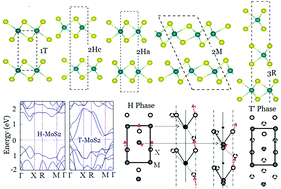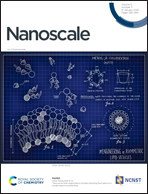Recent progress of TMD nanomaterials: phase transitions and applications
Abstract
Transition metal dichalcogenides (TMDs) show wide ranges of electronic properties ranging from semiconducting, semi-metallic to metallic due to their remarkable structural differences. To obtain 2D TMDs with specific properties, it is extremely important to develop particular strategies to obtain specific phase structures. Phase engineering is a traditional method to achieve transformation from one phase to another controllably. Control of such transformations enables the control of properties and access to a range of properties, otherwise inaccessible. Then extraordinary structural, electronic and optical properties lead to a broad range of potential applications. In this review, we introduce the various electronic properties of 2D TMDs and their polymorphs, and strategies and mechanisms for phase transitions, and phase transition kinetics. Moreover, the potential applications of 2D TMDs in energy storage and conversion, including electro/photocatalysts, batteries/supercapacitors and electronic devices, are also discussed. Finally, opportunities and challenges are highlighted. This review may further promote the development of TMD phase engineering and shed light on other two-dimensional materials of fundamental interest and with potential ranges of applications.



 Please wait while we load your content...
Please wait while we load your content...